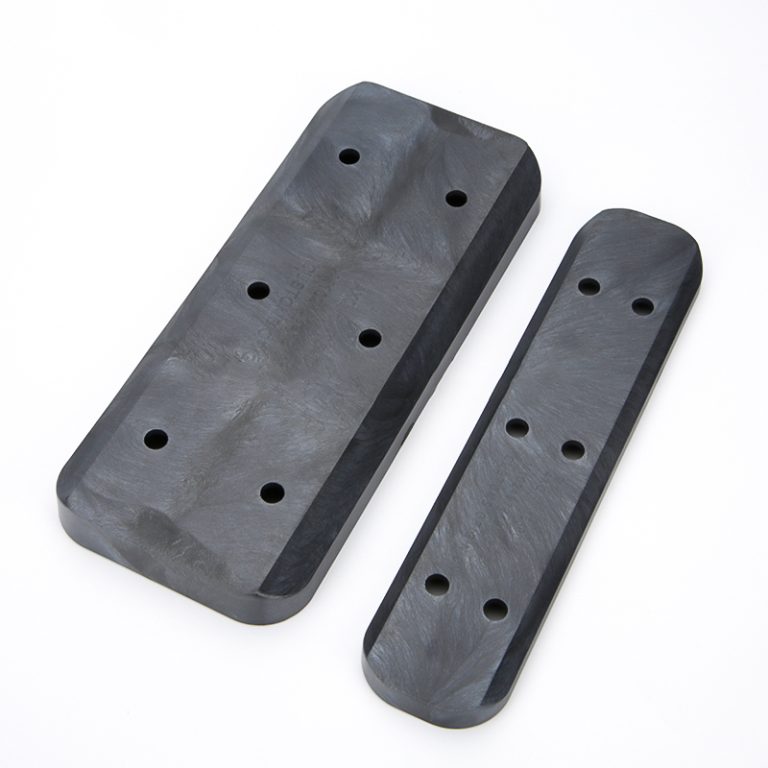Custom plastic parts manufacturing, including custom cut plastic parts, involves specialized processes tailored to specific requirements. Here’s an overview of what’s involved in manufacturing and sourcing custom plastic parts:
Custom Plastic Parts Manufacturing:
1.Design and Specifications:
2.Customization: Manufacturers work closely with clients to understand their specific needs, including dimensions, material type (e.g., acrylic, polycarbonate, PVC), color, texture, and functional requirements.
3.CAD Design: Computer-aided design (CAD) is typically used to create detailed drawings and specifications before production begins.
4.Material Selection:
5.Plastic Types: Depending on the application, different plastics are chosen based on their properties such as strength, flexibility, chemical resistance, and UV stability.
6.Sheet or Stock Form: Plastic materials often start as sheets, rods, or pellets that are shaped and formed during manufacturing.
7.Manufacturing Processes:
8.Cutting and Shaping: Custom plastic parts can be produced using various methods:
9.CNC Machining: Computer Numerical Control machines are used for precision cutting and shaping.
10.Laser Cutting: Provides high precision and clean edges, suitable for intricate designs.
11.Waterjet Cutting: Uses a high-pressure jet of water to cut through materials, ideal for thicker plastics.
12.Thermoforming: Heating a plastic sheet until pliable, then shaping it in a mold.
13.Injection Molding: Melting plastic pellets and injecting them into a mold to form parts at scale.

14.Quality Assurance:
15.Inspection: Parts undergo rigorous quality checks during and after production to ensure they meet specifications.
16.Testing: Depending on the application, parts may be tested for strength, durability, chemical resistance, and other relevant factors.
17.Finishing and Assembly:
18.Finishing: Processes like polishing, sanding, or applying coatings to achieve the desired surface finish.
19.Assembly: Some custom parts may require assembly with other components or integration into larger systems.
Sourcing Custom Plastic Parts:
20.Choosing a Manufacturer: Look for manufacturers with expertise in the specific type of plastic and manufacturing process needed.
21.Capabilities: Ensure the manufacturer has the equipment and capability to handle your project’s size and complexity.
22.Communication: Clear communication of specifications and expectations is crucial for successful customization.
23.Lead Times and Costs: Discuss lead times for production and delivery, as well as cost considerations including tooling fees for molds or dies (if applicable) and unit costs.
Conclusion:
Custom plastic parts manufacturing involves a blend of engineering, design, and manufacturing expertise to create bespoke solutions tailored to specific needs. Whether it’s custom cutting or more complex fabrication processes, working with experienced manufacturers ensures high-quality, functional plastic parts that meet your requirements.




